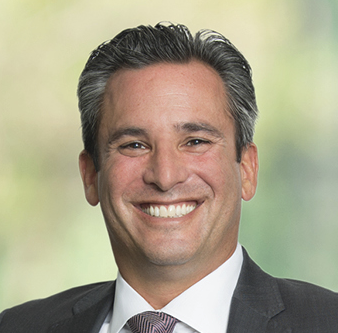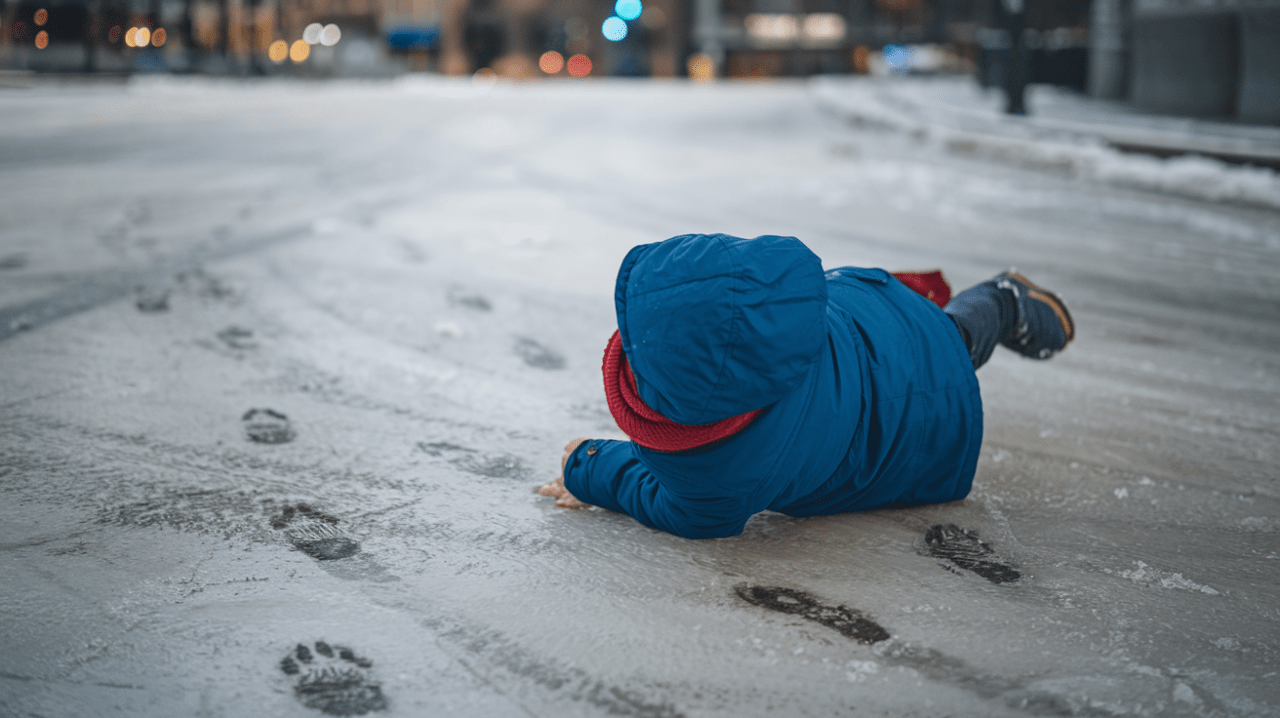While motorcycles are enjoyable, they are a relatively dangerous form of transportation. According to the Information Insurance Institute, motorcyclists are almost 30 times more likely to die in crashes than passenger car occupants. Riders have little protection in case of a collision, often resulting in serious injuries.
While motorcycle crashes can cause harm to any part of the body, some injuries are more common than others. Here is everything you need to know about motorcycle injuries and what you should do after a crash.
Common Motorcycle Accident Injuries
Wearing safety gear and a helmet every time you ride is a necessity. Unfortunately, injuries can still occur, even if you wear the recommended safety gear. Motorcycle injuries are often severe as riders lack a protective metal frame.
1. Brain Injuries
Wearing a helmet while riding a motorcycle is optional in some U.S. states. Opting to ride without the proper protection can increase your likelihood of experiencing serious head injuries in a crash. These injuries can be debilitating, and motorcyclists should seek medical attention immediately after an accident.
Traumatic brain injuries are common after motorcycle accidents. These injuries impact the functionality of the brain tissue, and damage ranges from minor to catastrophic. Unlike other body parts, the brain takes a long time to heal and does not have the same regenerative capacity. The following symptoms often accompany traumatic brain injuries:
- Sleep problems
- Nausea
- Loss of consciousness
- Persistent headache
- Seizures
Seek medical attention if you are experiencing any of these symptoms after a motorcycle crash. Even if you were wearing a helmet during the crash, you could still develop a brain injury.
2. Road Rash
Road rash is common after a motorcycle crash, particularly if you are not wearing protective gear. There are various degrees of road rash injuries. First-degree road rash is the least serious, while third-degree rashes can cause significant damage to the body. Here are more details on the various degrees of road rash:
- First-degree: First-degree rashes often result in mild scrapes, light bleeding, and irritation. A medical professional can treat first-degree rashes by cleaning the wound with antiseptic and applying a bandage.
- Second-degree: This level of road rash is significantly more severe, occurring when the top layer of skin is broken. The wound may take several weeks to heal, and scars are common. Treatment options include antibiotics treatments, medicated bandage wraps, and stitches. Keeping the wound dry and clean after the accident is essential to promote healing.
- Third-degree: Unfortunately, third-degree road rashes are common after motorcycle accidents. These injuries are excruciating and occur when the second layer of skin is broken, exposing tissue, fat, and muscles. A surgical procedure is often required to repair the skin.
Road rash victims may need skin grafts if the quality of the skin is significantly compromised. While road rash can never be avoided entirely, wearing a high-quality leather jacket can help.
3. Lower Body Injuries
Lower extremity injuries are widespread, including broken legs, fractures, and scrapes. A rider’s lower body is frequently caught under the bike, causing a fracture or break. Shattered knees can also occur, and pelvis fractures are not uncommon.
Unfortunately, lower body injuries are challenging to prevent. Wearing proper footwear and kneepads can help, but the risk is still present. Luckily, lower extremity injuries are rarely fatal and can be treated with prompt medical attention. Do not attempt to move or walk right after the crash, as this can cause further damage.
4. Upper Body Injuries
Broken arms, fractured elbows, and broken ribs are common after motorcycle crashes. Some upper body injuries are relatively minor, while others require extensive treatment to correct. Wearing protective clothing such as leather jackets, gloves, and long-sleeved shirts can reduce the severity of these injuries and protect you from sharp debris.
Motorcycle Safety
Wearing a helmet is one of the best measures to prevent severe injuries while riding a motorcycle. According to the Centers for Disease Control and Prevention, wearing a helmet can help reduce the chance of severe head injury by nearly 70%.Riders should also practice caution while driving and obey all safety laws. Follow the speed limit and make sure you wear reflective clothing if riding at night. Avoid swerving in between cars during heavy traffic, and make sure you use your signals whenever changing lanes. Riders should also use caution while driving during inclement weather.
Completing a defensive driver course is also a good idea for many riders. Regularly review your state’s road laws and refresh your safety knowledge by taking a course once every three years.
What You Should Do After a Motorcycle Crash
Crashing your motorcycle can be a scary experience, particularly if you are an inexperienced rider. Follow these steps after an incident:
1. Get To Safety
While you should avoid moving if you have suffered a severe injury, you should analyze your surroundings and get out of harm’s way. Remove yourself from the roadway and push your bike to the side of the highway if possible. If you hit another vehicle, check with the occupants and help them get to safety if you are able.
2. Do Not Remove Clothing or Protective Gear
Some riders immediately remove clothing and protective gear after an accident to survey the extent of their injuries. However, removing your equipment can aggravate injuries. Wait for medical help to arrive before you take off your helmet and clothing, so you do not cause further damage.
3. Call For Help
Call 911 if you need the assistance of the police or medical personnel. The police will survey the damage and complete an accident report. Paramedics will evaluate your medical condition and transport you to the hospital if necessary.
4. Seek Medical Attention
You should seek medical attention right away, even if you do not have visible injuries. Adrenaline can numb the pain for several hours, causing victims to overlook severe injuries that require immediate medical help.
5. Consult With a Lawyer
Hiring a Boston personal injury lawyer is essential if you need help paying your medical bills or you cannot work because of your injuries. It can be challenging to negotiate with insurance companies, particularly while trying to recover. An injury lawyer can help establish liability in your case and deal with the insurance company on your behalf.
6. Seek Compensation
Your motorcycle accident lawyer will negotiate with the insurance company to get a fair settlement. You have the right to file a personal injury lawsuit if you cannot come to an agreement. If you decide to go to court, your lawyer will prepare the appropriate paperwork and gather evidence. Negotiations continue during the court process, and a settlement is possible at any point. The judge will make a ruling if there is no compromise. You have the right to appeal the decision if you are not happy with the result.
Work With a Personal Injury Lawyer
Were you injured in a motorcycle accident in New England? Look no further than Jason Stone Injury Lawyers. Our legal team will fight to get you the compensation to cover your medical bills and lost wages. We understand the financial burden many injury victims feel, and we do not require an upfront fee to start your case. Our Stone Cold Guarantee means we only get paid after you receive compensation. Call us today to schedule an appointment.
Not Trusting What You’re Being Told?
Better Phone Stone
800-577-5188
 START MY NO OBLIGATION CONSULTATION
START MY NO OBLIGATION CONSULTATION










